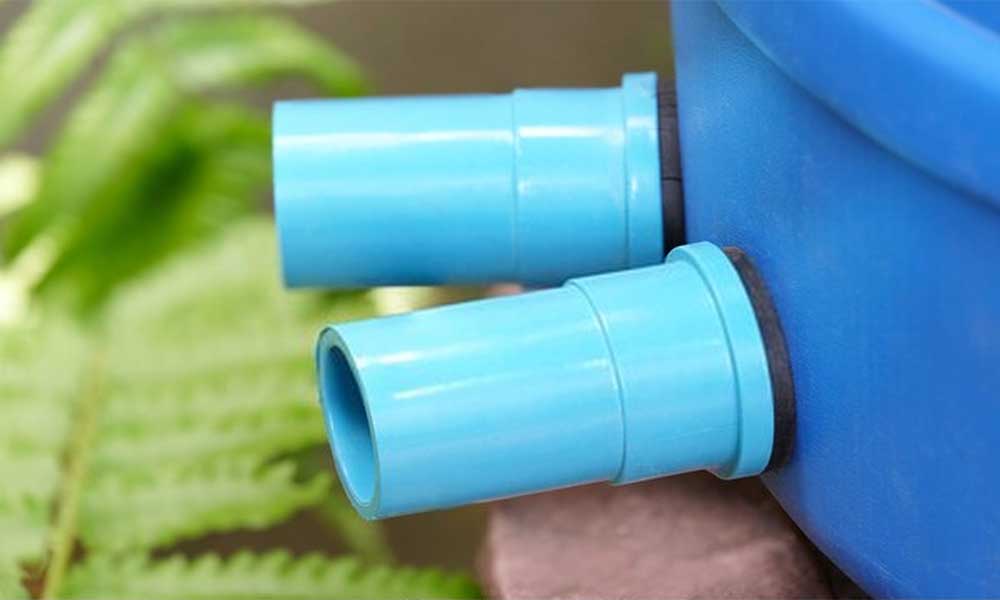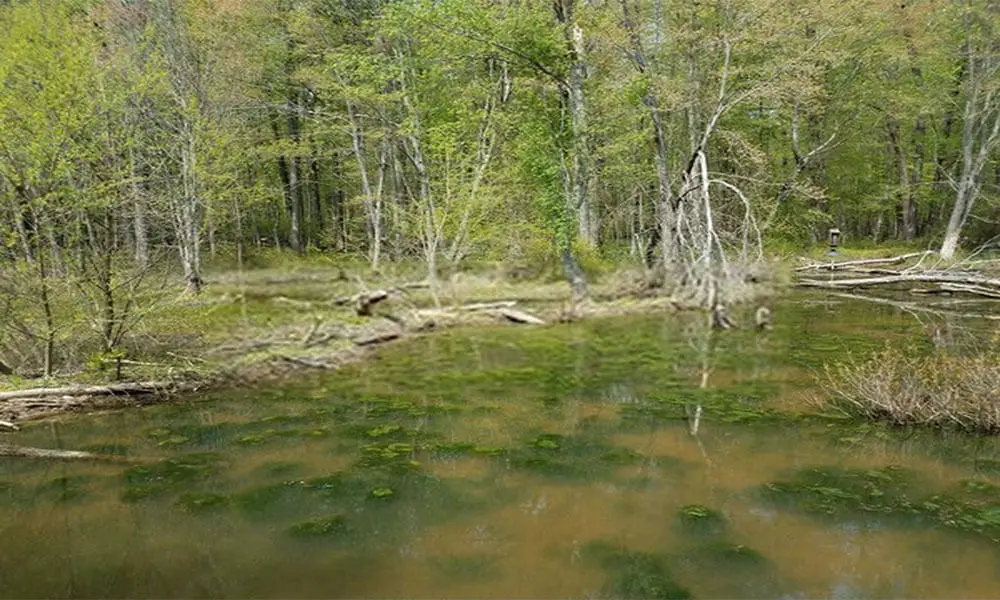Products recommended in this post contain affiliate links. If you buy something through our posts, we may receive a commission at no extra charge to you. See our full disclosures here.
Highlights
About Corydoras
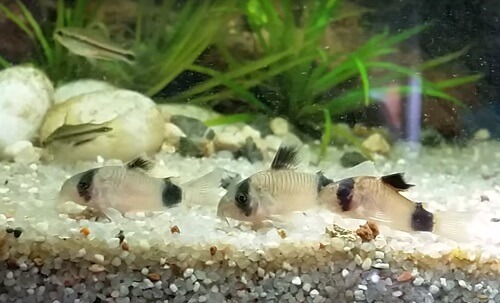
Panda Corydoras
If you have never keep Corydoras before, you should add several of these guys into your tank and you will soon fall in love with them. They are not very colorful but the small size and peaceful temperament make them a great choice for any community aquariums. They absolutely very peaceful towards their tankmates. Besides, Corydoras are bottom feeders, which are very helpful in cleaning leftover food that sinks to the tank bottom.
The habitat of Corydoras is small water streams near rivers, marshes, ponds. They are native to streams and small rivers of South America. Their natural water environments are shallow, slow-moving, and very clear.
There are so many species of Corydoras, from the smallest Pygmy Cory only around 1 inch long to the large Peppered Cory up to 3 inch long. Among Corydoras species, I love the Panda Cory best. They feature a slight grey color with black spots on the eyes, dorsal fin, and near the tail that looks so cute, like miniatures of Panda bears.
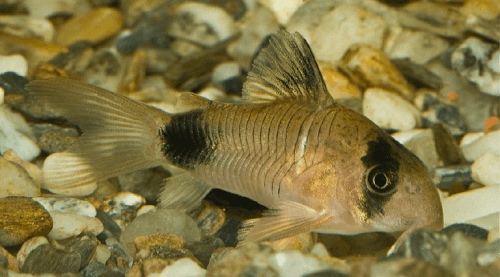
Panda Cory (Corydoras panda), source
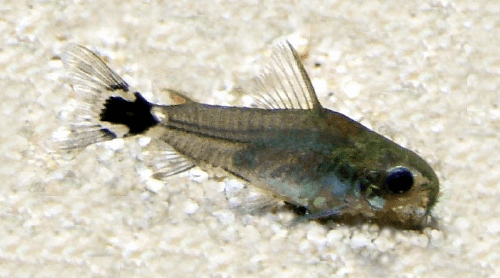
Pygmy Cory (Corydoras pygmaeus), source
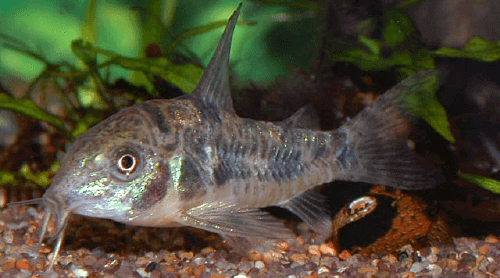
Peppered Cories (Corydoras paleatus)
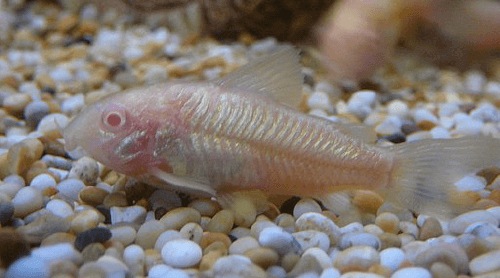
Albino Cory (Corydoras aeneus)
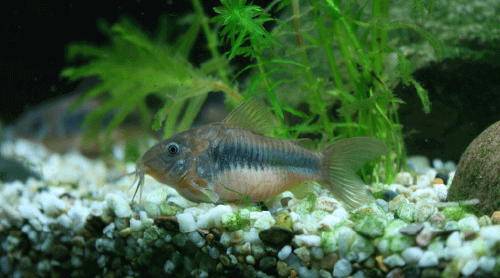
Bronze Cory (Corydoras aeneus), source
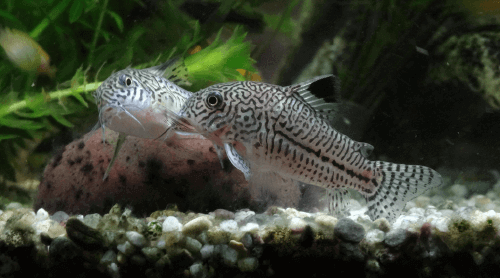
Julli Cory (Corydoras trilineatus) source
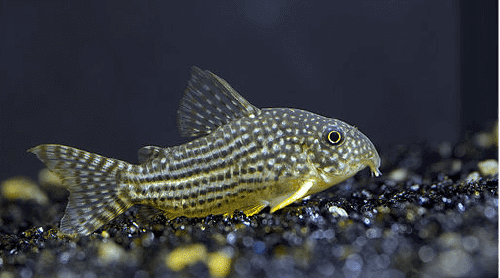
Sterbai Cory (Corydoras sterbai)
Tank setup
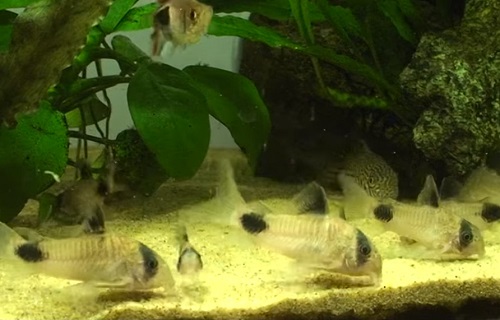
Corydoras prefers a dimly lit tank with roots, leaves and vegetation galore. A high-energy aquascape with too much lighting will result in skittish behavior and dim coloration; the dimmer your tank, the brighter your fish. A substrate of fine sand is always preferable to gravel or even some of larger aquascaping substrates as these have a propensity to damage their barbels.
An Amazon-style biotope would be a great environment for this species. Add plenty of natural decor such as driftwood, bogwood and leaf litter as well as a few floating plants and you can have yourself a natural-looking tank in moments.
At only 1.5 inches or so, the Corydoras requires relatively little space, a 10-gallon aquarium could happily house a shoal of six specimens. They are peaceful and schooling fish so it's better to keep them in groups of 5 or more, the more the better with this little fish. A manageable range of water conditions (pH 6-7.5, 70-80°F, 4-18 dGH) do well for most Corydoras species.
Temperament and tankmates

Corydoras in a community planted aquarium
Corydoras are petite, timid and very cute fish, which are one of the best candidate for any community aquariums. They do well with most of freshwater aquarium fish including livebearers (Guppies, Platies, Mollies, Swordtails), other Catfish (Plecos, Otocinclus), Tetras, Danios, Bettas, Blue Rams, Angelfish, Discus... Do NOT keep them with aggressive cichlids, Pictus catfish, or Puffers.
Fish foods and feeding
[amazon box="B0043T75RK" template="horizontal"]
[amazon box="B00026Z444" template="horizontal"]
They're very versatile and very easy to feed. They accept most flakes and sinking pellets. Wardley Shrimp Pellets are strongly recommended as the main diet for these bottom dwellers. They also love small live or frozen foods such as microworms, daphnia, brine shrimps, etc.
Breeding Corydoras
At least a 20 gallon aquarium is recommended for breeding Corydoras. Sand is the best substrate for the breeding tank. Adding a school of Cory catfish with males and females into the tank. It is best if males out number of females, ideally you would have two males to every female.
It's not difficult to distinct between male and female Corydoras. The male is smaller, more slender than the female. The mature female is noticeably fatter, bigger and broader than the male.
In the wild, Corydoras usually spawn after rain so the number one way to aid in spawning is cool water changes. 50% water changes with about 2-4 degree cooler water should be performed about every 4-5 days. Do not lower the temperature below 70 degrees.
Corydoras have a unique method of insemination. The female points her mouth to the male's genital opening to drink the sperm from the male, creating the well-known "T-position" many Corydoras exhibit during mating. The female's eggs are now fertilized.
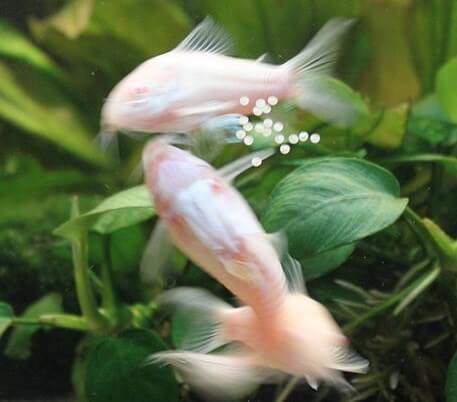
Corydoras spawning, source
After mating, the female swim away and places the eggs off on the glass or broad leaves or some things hard like decorations. They tend to lay their eggs closer to moving water flow so increasing your oxygenation can also encourage them to spawn. Around 7 to 15 eggs are spawned in one day and the spawning process occurs for three to four days.
The parents tend to eat their eggs so collecting the eggs after they are spawned. The eggs should be collected using a sharp knife or razor blade. Once the eggs are collected, place them in a breeding box.
[amazon box="B005QRDCP2" template="horizontal"]
The eggs must be kept moving, so an air stone or air line should be added. To prevent fungus Methylene Blue can be added. Fertilized eggs turn from clear to tannish-brow. Unfertilized eggs turn a deep white color. Unfertilized eggs usually fungus first, so they should be removed.
Daily water changes of 40-50% should be performed until the eggs hatch. The eggs hatch in 3-5 days depending on the temperature. The fry are born almost colorless and do not resemble adult Corydoras.
Newly hatched fry do not need to be feed because their yolk is the main nutrient for them in two first days. Since day 3, feed the fry with powdered fry food Hikari First Bites or boiled egg yolk or a mix of them. In about a week the fry will gain color and began to look like Corydoras.
[amazon box="B001D6Y3K8" template="horizontal"]
In the week four after hatching, the fry are now able to consume more types of foods including shrimp pellets, baby brine shrimps, blood-worms, daphnia, and micro-worms... In about 3 months the fry will look like miniatures of adult Corydoras, you can place them into the main tank with their parents. The baby Corydoras get mature at about 6-8 months old.
Top Editor's Choice on Cory Catfish Keeping
[amazon bestseller="Cory Catfish Keeping" filterby="price" filter="30" filter_compare="more" filter="available" orderby="percentage_saved" order="desc" template="list" items="10" tracking_id="tnk0c-aawp-cro-b-20"]Subscribe to our Newsletter!
Join our mailing list to receive the latest tips and news of our blog.


